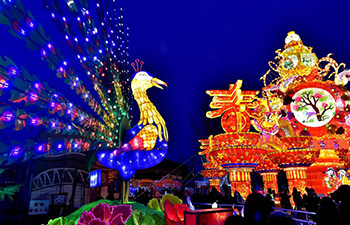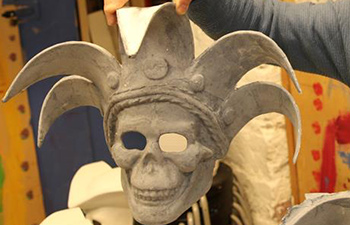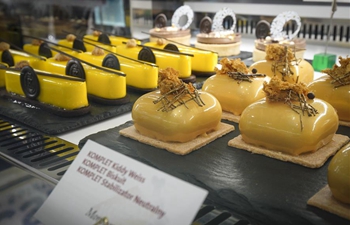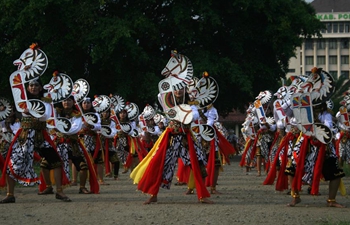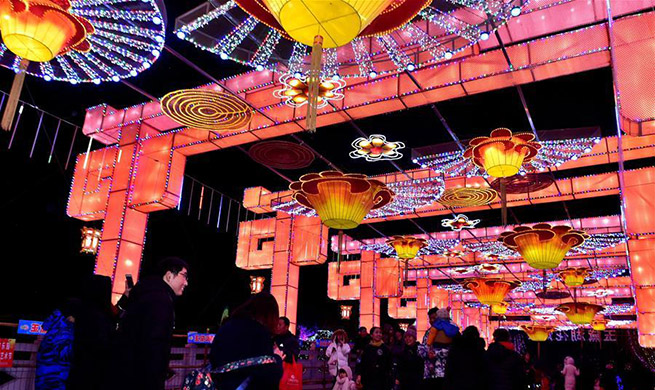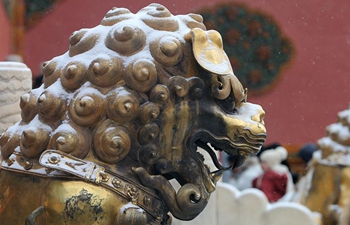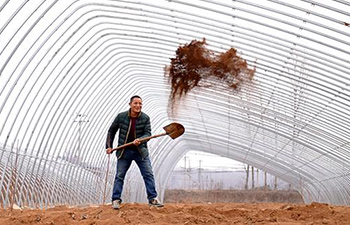YINCHUAN, Feb. 19 (Xinhua) -- Carving a golden carp on an empty eggshell, high school student Lu Wenbo spent most of his winter holiday in a community cultural activity center in northwest China's Ningxia Hui Autonomous Region.
"The golden carp forebodes good luck. When I'm finished, I'll share my work on WeChat," Lu said.
Egg carving is often called "the most fragile art," as it requires the ultimate precision and care before, during and even after the creation.
With a long history, the folk art originates from the custom of giving carved eggs as gifts at weddings and birthday parties.
Around this Spring Festival holiday, a group of folk artists started to teach children and teenagers in the Kuangzhong community in Huinong District in the city of Shizuishan.
"Children have become interested in the traditional folk art during the Spring Festival holiday," said Li Zhanlin, a local official in the community.
Recently, the community has launched three eggshell carving training activities, attracting at least 20 children each time.
To carve delicate and exquisite patterns, including flowers and birds, fantasy creatures and the twelve Chinese zodiac signs, on the thin and fragile eggshells has aroused children's curiosity.
"Each hair of the animals can be clearly seen on the carved eggshell," said Lu.
Learning from the artists, Lu and his friends started to punch holes in the eggs, extract the yolk, paint the eggshell and then carve it.
"The eggshells can break easily in the process, but the children are very concentrated," said Zhu Jinjun, a tutor at the community cultural activity center.
"Eggshell carving is an intangible cultural heritage. When teaching how to carve, I like to tell children the relevant historic and cultural knowledge," Zhu said.
They may not become folk art masters from the short holiday training, but Zhu hopes the activities can help the children experience the traditional culture.
Zhu, also a retired miner, learned how to carve eggshells by himself.
In 2017, the community established studios for folk artists like Zhu to encourage them to play positive roles in spreading the traditional culture and arts.
"With the help of these folk artists, children in the community are becoming increasingly interested in traditional art such as Chinese calligraphy, painting, paper cutting and the diabolo -- the Chinese yo-yo," said Li Zhanlin.




